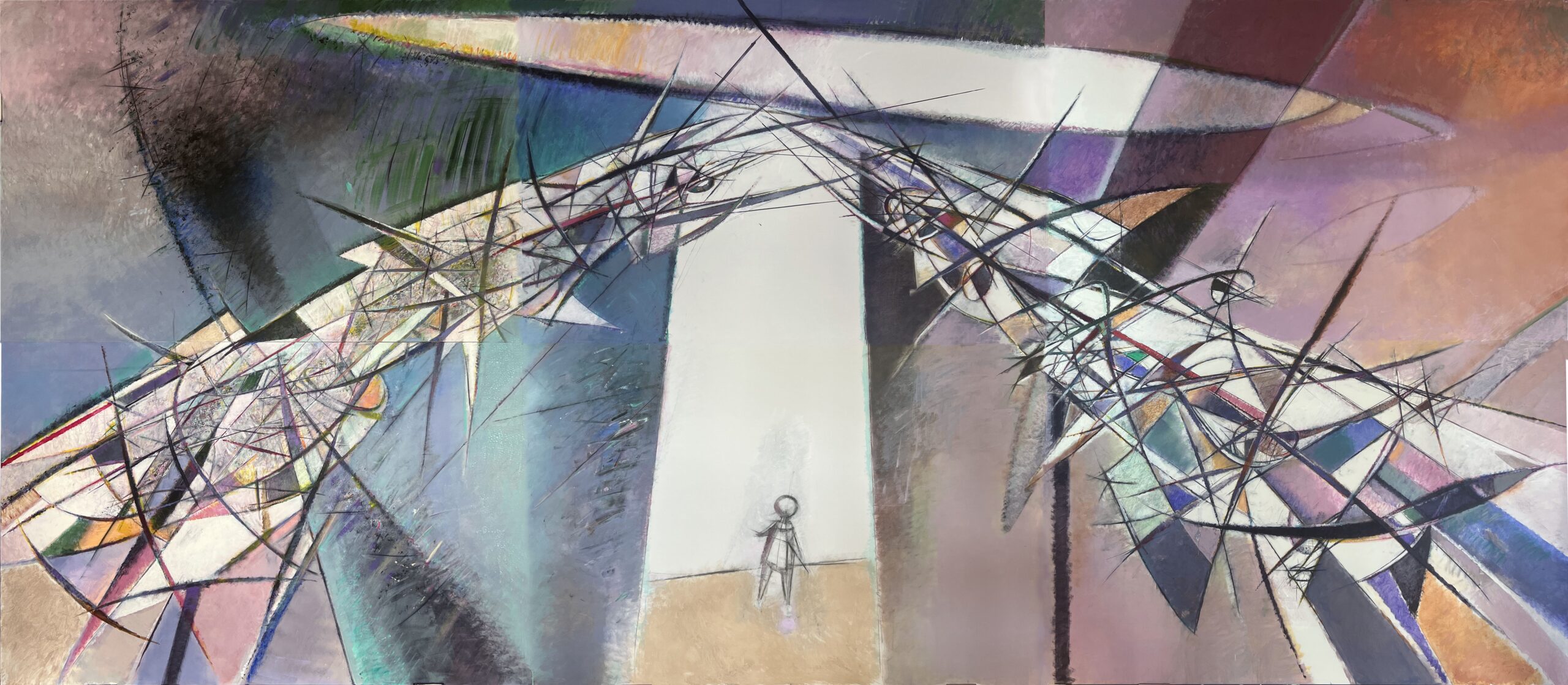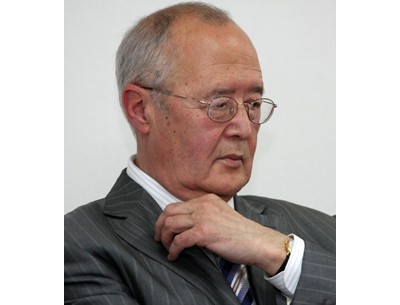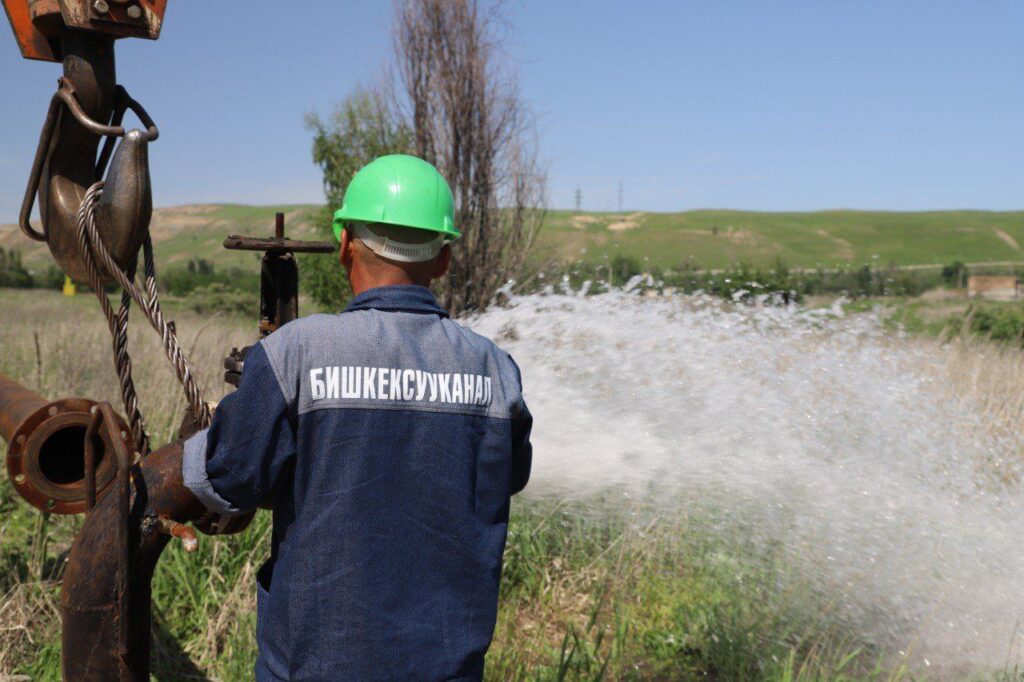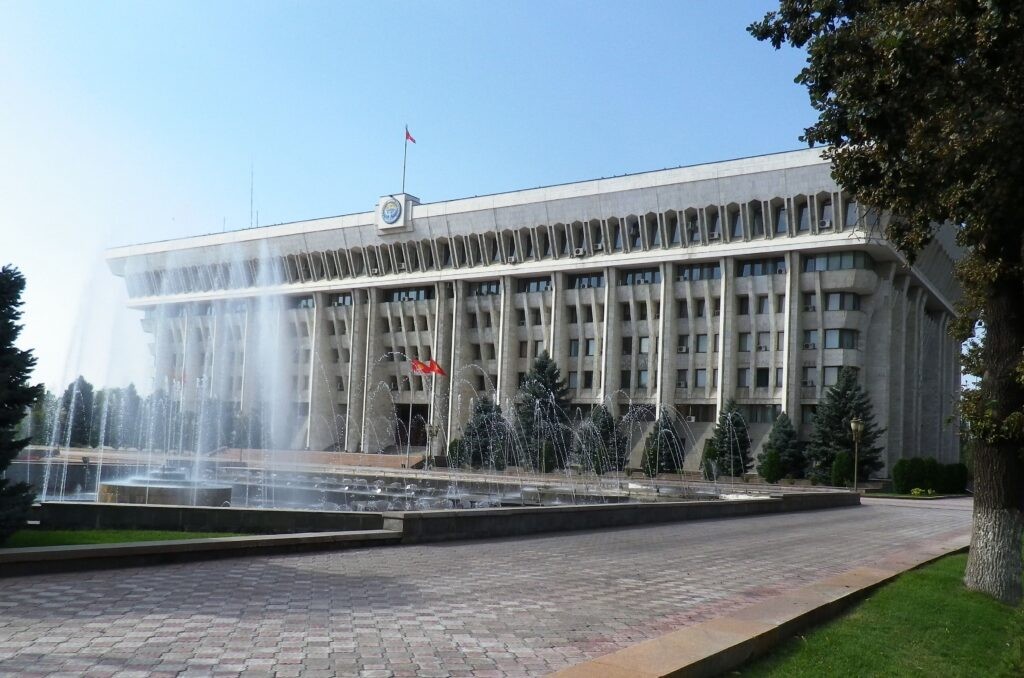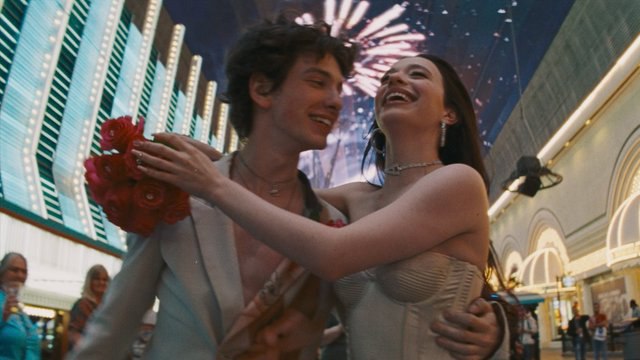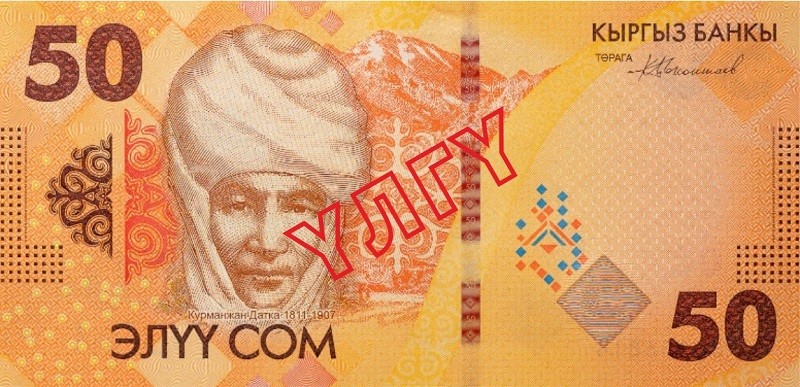Kazakh artists have traditionally been marginalized in the global art scene due to political intricacies and a complex cultural identity. With historical influences and colonization by both Russia and China, Kazakh artists are now carving out a unique artistic identity and sharing it with international audiences.
The Kazakh pavilion “Jerūiyq: Journey Beyond the Horizon” at the 60th International Art Exhibition of the Venice Biennale, from April 20 to November 24, represents a major milestone in changing perceptions of Kazakh art.
Staged in the Naval Historical Museum, the exhibition reinterprets the ancient legend of Jerūiyq, drawing inspiration from Kazakh myths and the visionary journey of the 15th-century philosopher Asan Kaigy.
The word “kaigy” means “pain” in Kazakh, symbolizing the nation’s traumatic encounters with modernity’s darker aspects: the devastating famine of the 1930s, the craters left by nuclear tests in Semey, the shrinking of the Aral Sea, and the wounds inflicted on the Kazakh landscape.
The exhibition traces the evolution of Kazakh utopian imagination from the 1970s to today through artists’ visions of ideal worlds, where their utopian imagination merges with the artistic movement of “decolonial futurism.”
On behalf of TCA, Naima Morelli interviewed curator Anvar Musrepov on the concept and significance of Kazakhstan’s participation in the Venice Biennale.
TCA: How did the idea for the Kazak pavilion “Jerūiyq: Journey Beyond the Horizon” evolve?
A.M: In our curatorial research, we found that the theme of utopia and futuristic imagination has concerned several generations of Kazakhstan’s artists since the 1970s. Using this as a starting point, we decided to establish, in chronological order, a collection of works by multiple generations of artists. Divided by decades, the collection manifested a wave of Kazakh futurism, including themes of spirituality, cosmism, nomadism, and utopian ideas. This in turn, will help formulate a term to comprehensively describe and unite all these intuitions that have concerned Kazakh artists in different historical periods.
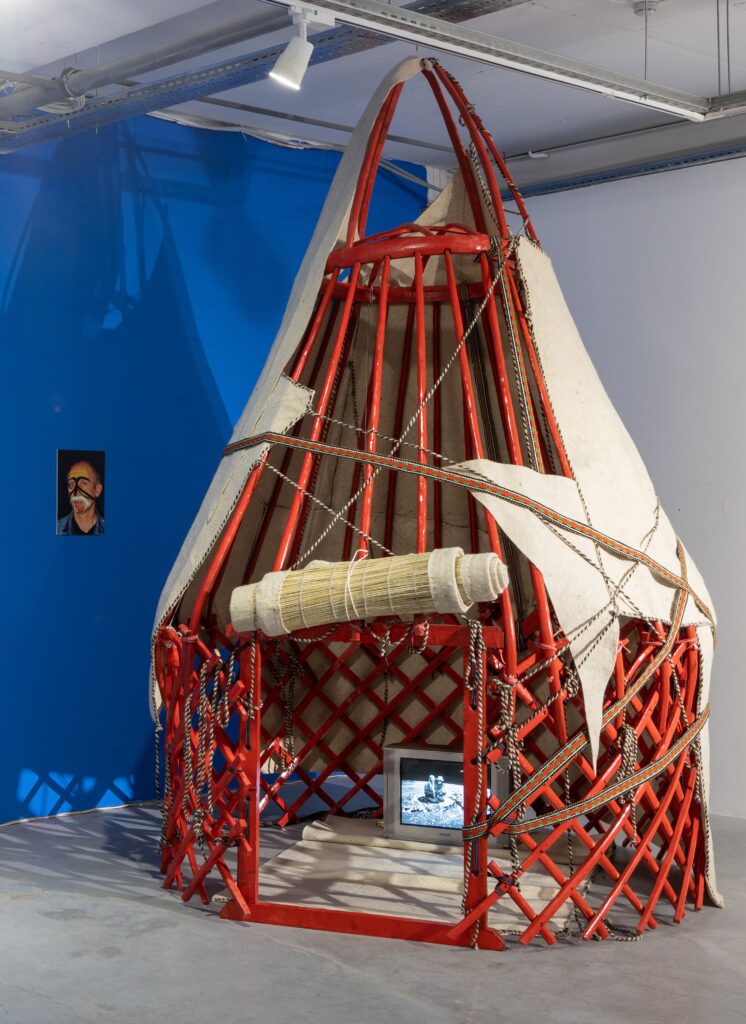
Sergey Maslov, “Baikonur” at the Venice Biennale
TCA: The exhibition’s title alludes to the ancient legend of Jerūiyq. What is it about and how have you interpreted it?
A.M: Jeruiq is an ancient legend about a utopian land that according to many myths, was sought by Asan Kaigy, advisor to the first Kazakh khans Zhanibek and Kerey. Legend describes it as a land that has fermented, a place where time has stopped, a land full of vividness, devoid of disease or longing. We found in this ancient Kazakh legend, an ideal metaphor to unite all the intuitions presented in the exhibition and manifest the chronology of post-nomadic futuristic imagination. If established, the definition of this unique phenomenon, could become a movement in Kazakh art.
TCA: What can you tell us about the philosopher Asan Kaigy?
A.M: Asan Kaigy is a quasi-historical character who features in Kazakhstan’s rich oral tradition where history and memory are passed down from mouth to mouth. Every region of Kazakhstan has local legends about miracles performed by Asan Kaigy. One such legend says that he found Zheruyik when he and his people passed through a rock and entered another, metaphysical dimension.
TCA: How did you select the participating artists?
A.M: We identified key works from each decade from the 1970s to the present day. Unfortunately, many works worthy of inclusion were omitted for various reasons, including managerial and administrative issues such as logistics, insurance, and the scale of our pavilion. However, as a continuation of this theme, we are planning an exhibition in Kazakhstan that will serve as an anthology of works within the concept of the pavilion.
TCA: How was the exhibition curated to allow interaction between artworks spread across different rooms?
A.M: We began with the nomadic perception of time, which differs from the Eurocentric linear perception of a narrative with a beginning and an end, forming instead, a cycle of rebirth; a closed circle associated with the changing seasons, where winter represents death and spring, renewal. In our pavilion, the artworks and halls form a closed system that balances utopias and dystopias through the lens of Kazakh artists.
TCA: The pavilion reflects the dark side of modernity, referencing tragic events in the country’s recent history. Were artists directly inspired by such to create work for the exhibition?
A.M: Certainly, these themes are the leitmotif of many works of Kazakh art. For example, Yerbolt Tolepbay’s “The End of the World,” painted during the Cold War, reflects the anxiety of a period when people expected the world to end. During the famine in Kazakhstan, locals likewise, believed the end of the world was nigh. After the advent of Islam, apocalyptic narratives also became part of Kazakh mythology, merging with pagan culture. In the same hall, we find works by Lena Pozdnyakova and Eldar Tagi. The sound installation “Presence” includes traditional Kazakh mattresses depicting stages of the Aral Sea desiccation. The Semipalatinsk test site becomes the central image in Anvar Musrepov’s post-apocalyptic movie “Alastau,” filmed in the exclusion zone still affected by radiation.
TCA: The theme of “decolonial futurism” is currently predominant in the art world. What does the term mean to you, within the context of this show?
A.M: In the early 2000s, the international art scene discovered a new phenomenon in Kazakh art. Artists of the time were searching for their identity and often exaggerated the image of steppe barbarians, portraying an image of self-exoticization to European audiences. Today, this perception has changed significantly. In modern Kazakhstan, we no longer feel like barbarians; we want to move beyond this stigmatization and conveying our current state, recreate an image drawn from our local perspective.
TCA: How important are events like the Venice Biennale for Kazakh artists to assert a distinct artistic identity?
A.M: During the years of independence, artists, researchers, and writers have worked extensively to make sense of the past; a history that was silenced during the Soviet period. Kazakhstan, like other countries under Soviet rule, was subjected to the future projections and utopias dictated by Moscow. Now, we have the opportunity to create our vision of the future without reference to the metropolis, aligning with other movements of decolonial futurism. This approach allows us to achieve a more complete and diverse picture of the future, overcoming the limits of Western futurism, and creating our unique image of the future.
TCA: This is the second time Kazakhstan has exhibited in its own pavilion at the Venice Biennale. Did you reference themes of the first and add another layer, or instead, start afresh?
A.M: The theme of the first pavilion was somewhat different and focused on the artist Sergei Kalmykov. Certainly, given that we worked within the same cultural context, parallels can be drawn. This time however, we decided to approach the theme from the perspective of the chronology of utopian and futuristic imagination, tracing a line from the earliest related works to those of the present day.
TCA: Why do you think Kazakh artists have historically been underrepresented in the global art scene?
A.M: The fact that Kazakhstan is participating for only the second time in this prestigious event, reflects the status of contemporary art and its transformations and trends to date. During the Soviet period, Kazakhstan was a closed country, making it difficult for foreigners to obtain visas. The subsequent isolation from international competition has certainly left its mark, which continues to this day.
TCA: What is the public response to the Kazakh pavilion?
A.M: We have received a lot of positive feedback from colleagues around the world, in praise of our innovative approach, unexpected angle, and convincing research. It was important for us to showcase the intuitions that existed across different generations of Kazakh artists. We are not inventing Kazakh futurism; we are simply collecting works from various periods within a single framework to garner discussion on a possible movement in Kazakh art. This movement currently lacks a specific term and is still in the process of formation.
The project was made possible thanks to sponsors and especially, Halyk Charity.
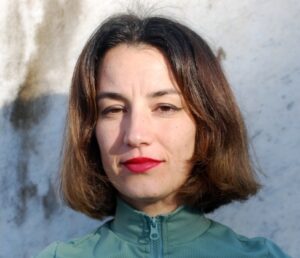
Naima Morelli
The interview for The Times of Central Asia was conducted by Naima Morelli, an arts writer and journalist specialized in contemporary art from Asia-Pacific and the MENA region. She has written for the Financial Times, Al-Jazeera, The Art Newspaper, ArtAsiaPacific, Internazionale and Il Manifesto, and is a regular contributor to Plural Art Mag, Middle East Monitor and Middle East Eye. In addition to curatorial texts for galleries, she is the author of. three books on Southeast Asian contemporary art.


